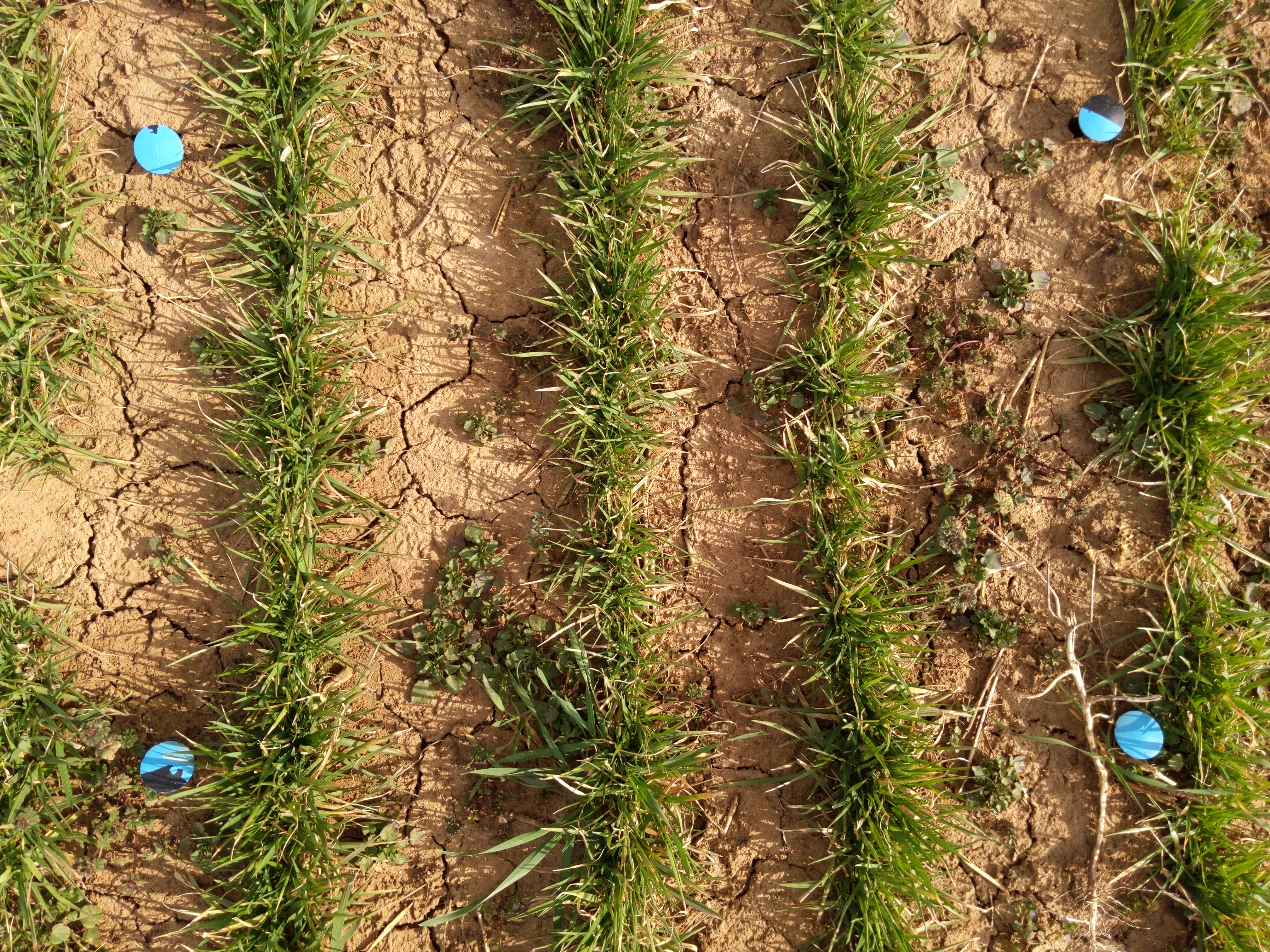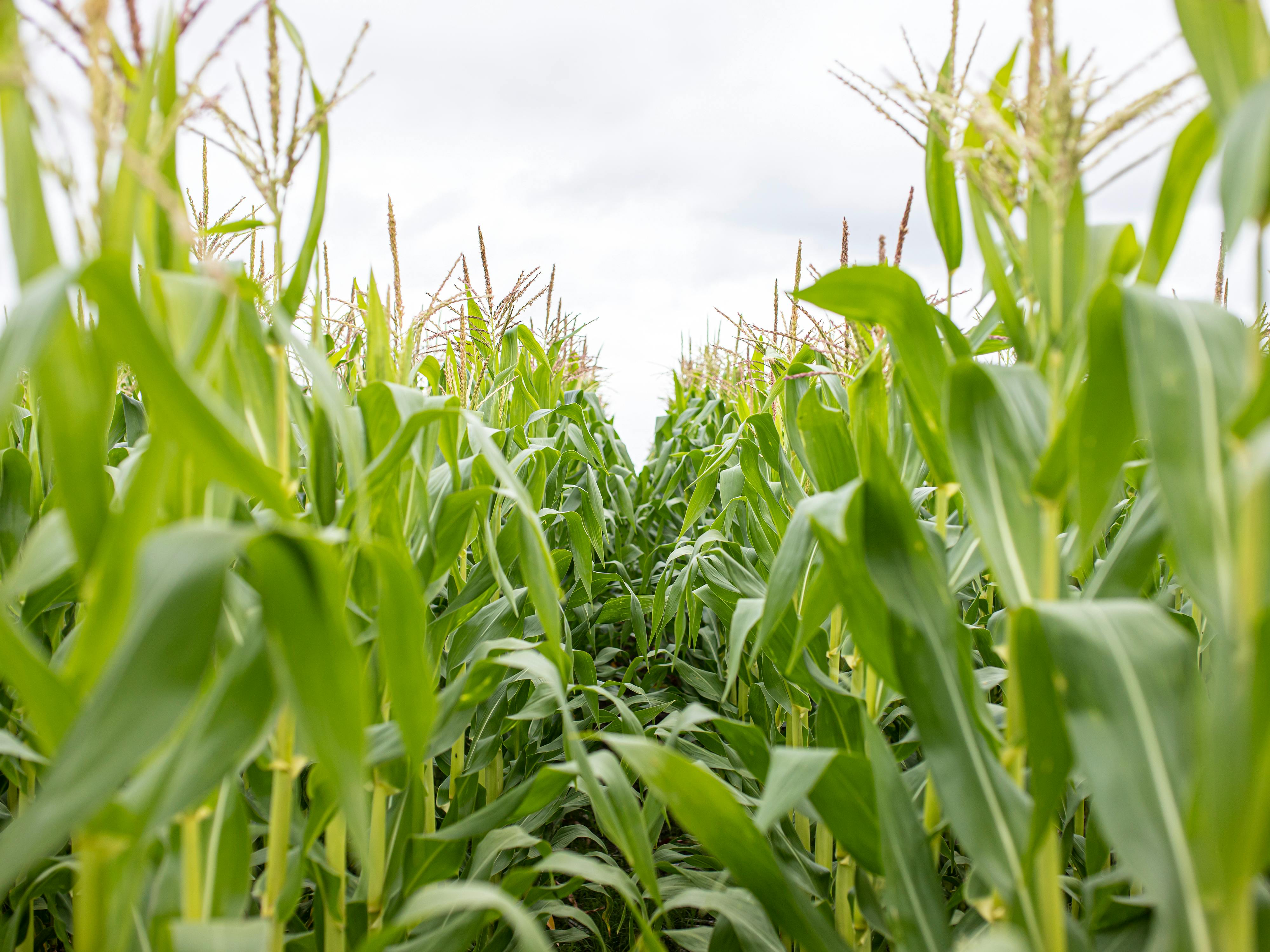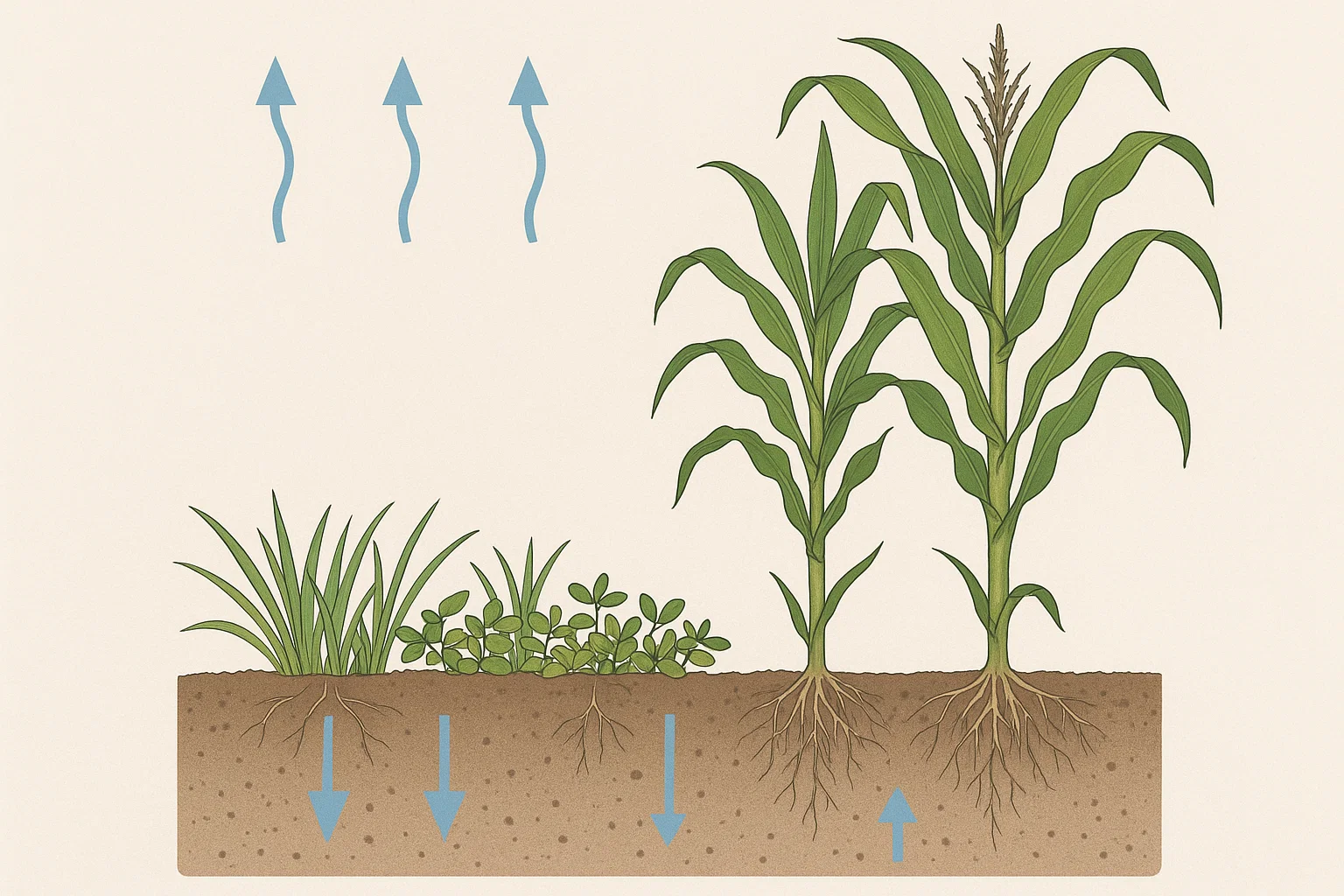ABSTRACT
Modern, conventional row crop agricultural production relies on clean tillage of croplands and bare soil during the dormant season. While this paradigm of crop production has undoubtedly led to great increases in grain yields and efficiency, it has also resulted in significant soil erosion, groundwater contamination, degradation of local ecology, and hypoxic deadzones in US watersheds. Cover cropping with perennial plant species has been proposed as a way to mitigate these negative effects of crop production while having a minimum impact on crop yields. Measuring establishment of these perennial groundcovers (PGC) in research trials is subjective, tedious, and time-consuming when calculated with traditional methods whereas image based analyses are objective, efficient, and reproducible. For this project we have developed a deep learning approach using state of the art CNN architectures to estimate PGC establishment in research plots using a variety of open-source and internal image datasets. Our novel approach uses region of interest (ROI) markers in the field, to bound the predictions which improves upon other methods. We deployed the models on AWS Sagemaker serverless endpoints, and built a lightweight Django web application to host the images and inference services. Researchers will be able to acquire plot images with smartphone cameras and get fast, reliable data from their research trials using this ”Local Sensing” data collection approach. We envision that this framework can be used by other researchers and growers as PGC adoption spreads throughout the Midwestern crop production areas.
INTRODUCTION
Agricultural production has been and remains one of the defining elements that make up the bedrock of modern civilization [13]. It is undisputed that advancements in fertilizer, agricultural implements, and widespread used of agrochemicals have led to drastic increases in crop productivity [61], land use efficiency [49], and have fueled the population boom across modernizing and developing countries in the 20th century post WWII [19]. These patterns have undoubtedly led to freeing up of human labor - in the United States alone, between 1910 and 2000, the percentage of the population working in agriculture drastically declined from 14% to 1%, even as the total population increased from 92 million to 281 million people [63]. Less land is now required to sustain humanity on a per capita basis than at any other time in history[48].
However, increases in productivity in the 20th century have had far reaching consequences that will affect the world population throughout the 21st century if not addressed [44]. Modern practices of clean tillage and bare soil have caused increased rates soil erosion on a global scale, directly threatening food production in some of the most productive regions of the world [45, 25, 26]. Agricultural runoff containing agrochemicals, excess nutrients, and soil particles contributes to hypoxic ”dead zones” in major watersheds around the globe. In the US, the Mississippi River Valley is especially impacted due to its location in central production regions prone to severe soil erosion. This runoff contributes to eutrophication in the Gulf of Mexico, which now has the second-largest dead zone in the world [46].
While early 20th century researchers boldly claimed that soil is ”…the one resource that cannot be exhausted; that cannot be used up.”1, as early as 1943, contrarian researchers started noticing that soil erosion was an emerging problem which was drastically reduced in agricultural land that remained covered with vegetation and crop residue [20]. Throughout the middle of the century, experiments in winter cover cropping reported positive benefits on soil structure and reductions in erosion while maintaining or only slightly decreasing overall grain yields [6, 39, 9, 37]. The benefits to annual cover cropping are evident, but barriers such as increased maintenance, financial burdens associated with annual seed costs, along with the risk of implementation and lack of supporting technological infrastructure have prevented widespread adoption to these systems [2, 17].
Perennial cover crop species, here called ”perennial groundcovers” (PGC), are low-growing, multi-year cover crops that an be incorporated into crop production systems. While PGC have been used historically in other perennial cropping systems such as fruit orchards [59, 62], they have not been used extensively in annual grain cropping systems. PGC have added benefits over annual cover crops since they are planted once, and maintain continuous cover on the land throughout the entire calendar year [51]. PGC have been demonstrated to have minimal impacts on corn yields and positive effects on soil water use efficiency by the cash crops [66, 67]. Furthermore they have demonstrated uses in corn bioenergy production systems mitigating the negative effects of corn stover removal [4, 3].
As with any emerging technology, there are methodological questions that arise. The RegenPGC group, a USDA/NIFA funded initiative was started to develop integrated PGC systems for annual row cropping agriculture and answer some of these questions by investigating the main barriers to widespread adoption, and aid in de-risking the systems we develop2. Key to the success of PGC are establishment factors such as seeding depth, emergence competition with the cash crop [28] and ensuring that PGC/corn systems don’t induce negative shade avoidance responses [51, 40]. Chemical suppression, when applied at the correct timing, can temporarily reduce corn/PGC competition and is actively being investigated [5]. Additionally, certain species under evaluation have summer dormancy, and exhibit active growth only after the corn has been harvested and thus naturally do not compete with cash crops during the growing season [65, 11]. Formulating the best management practices that allow farmers to plant, establish, and properly manage PGC systems while mitigating any potential negative impacts is a key goal within the RegenPGC project.
Getting accurate estimates of PGC growth, weeds, and bare soil coverage throughout the year are crucial KPI data for this emerging system. However these are difficult to collect, and rely on highly subjective rating scales which vary from person to person. Moreover, more accurate, quantitative methods rely on tedious measurements using sampling quadrats and intercept lines. Traditional computer vision applications based on morphological operations or simple machine learning models have been used to estimate vegetative canopies in a wide variety of crops [24, 27, 7] and have led to the development of smartphone applications such as Canopeo [42]. But these methods are coarse tools limited to identifying vegetation, generally, and cannot be restricted to certain crop classes. Recent advancements in machine learning provide a unique opportunity for technical leaders in the agricultural sector to leverage deep learning model architectures such as EfficientDet [58] and DeepLabV3+ [12] to accurately detect and segment objects in agricultural images with great success.
This current project seeks to develop two deep learning models to detect the boundaries of PGC plots, and then segment and predict important classes of vegetation in PGC field based images taken on a smartphone in ”local sensing” approach. These predictions are normalized to a standard ROI and are thus directly comparable across field plots in a trial and across trials. Furthermore, a goal of this project is to develop an end-to-end image analysis pipeline, here called ”RegenPGC View” that can take in a series of images, process them, and output the vegetation estimate results in a format accessible to agricultural researchers and farmers. Finally, we propose to develop an easy to use web application that ties the image management, pipeline, and data curation in one place. We anticipate that these tools will be an asset to the PGC research community, allowing them to get fast, objective data from their research trials, and informing policy and decisions about PGC systems.
Funding:
RegenPGC is supported by the Agriculture and Food Research Initiative Competitive Grant no. 2021-68012-35923 from the USDA National Institute of Food and Agriculture. Any opinions, findings, conclusions, or recommendations expressed in this article are those of the authors and do not necessarily reflect the view of the U.S. Department of Agriculture.



